Essential Guide to Sourcing Agriculture Equipment Parts

It's important to know how to find tractor parts, farm equipment suppliers, and agricultural machinery parts in the agriculture parts suppliers landscape so that your business runs smoothly. A strategic approach to sourcing is needed to look at different options for farm machinery parts, agricultural equipment parts, and agricultural machinery parts.
This article will help you understand the market for agriculture machinery and parts, find dependable suppliers of machinery and parts, and use technology to source more effectively. In order to help you find the best parts for your agriculture equipment, we'll give you some pointers on how to find them in a way that is both cost-effective and environmentally friendly.
Strategies for Efficient Machinery Sourcing

Research and Preparation
- Understand Your Equipment: It's very important to learn everything there is to know about the agriculture equipment and how it works. For accurate identification of needed parts and compatibility with existing types of agricultural machinery, this information is necessary.
- Create a Detailed Parts List:
It is important to make a complete list of all the machinery components required for maintenance and repairs, including both commonly used agriculture machinery parts and parts that are unique to the equipment being used. - Identify Reputable Suppliers: Find suppliers and agriculture machinery manufacturers that have a history of making high-quality parts by doing research. Build relationships with these suppliers so that you can get faster access during busy times or times when demand is high.
Timely Sourcing and Inventory Management
- Plan Ahead: Plan ahead for the parts you might need to keep downtime to a minimum. With this method, you can find the parts you need ahead of time and avoid waiting for them to become available.
- Optimize Inventory Management: Keep your inventory management system well-organized. Check inventory levels often, figure out which parts are most important, and make sure they are reordered quickly to keep equipment from breaking down.
- Utilize Digital Tools: Use online platforms and marketplaces to find products quickly, and use technology to manage your inventory automatically.
Quality and Cost Considerations
- Verify Authenticity and Quality: Make sure that the parts you buy meet industry standards and certifications, and look for any marks or serial numbers that could prove they are real.
- Evaluate Total Cost of Ownership: CThink about how much the parts will cost to buy, how much upkeep they will need, how durable they are, and how long they are expected to last.
- After-Sales Support: Check to see how responsive the supplier is, how much technical help they offer, and whether replacement parts are available.
For a free consultation on sourcing agricultural machinery or parts and to get a free quote, contact MCH parts today.
Strategies for Cost-Effective Sourcing

Evaluating Cost-Effective Sourcing Options
- Consider Used Equipment: Buying gently used farm machinery can help small farmers save a lot of money. It's important to buy these things from dealers who offer warranties, so that you have support if something goes wrong.
- Do Parts Availability Research: This step prevents future difficulties in sourcing replacements and ensures the equipment's longevity.
- Total Cost of Ownership: It is important to always think about the total cost of ownership, which includes not only the purchase price but also the cost of repairs, replacements, and the equipment's useful life.
- Explore options for interchangeable parts.
- Compare the prices and value offers from several suppliers.
- Quality and Warranty Considerations: Give more weight to parts that have a warranty and a good track record for being reliable.
For a free consultation on sourcing cost-effective machinery or parts and to get a free quote, contact MCH parts today.
Understanding the Agriculture Machinery Market
Impact of Global Trends and Market Forces
- Globalization and Market Dynamics: Globalization, which has changed the way food is distributed around the world, has had a significant impact on the agricultural machinery market.
- Supply Chain Challenges: Recent problems in the supply chain, mostly because of the global pandemic, have led to big shortages of important things like steel, rubber, microchips, and availability of agriculture equipment parts.
- Growth and Projections: The agriculture equipment market is expected to grow, from USD 155.7 billion in 2023 to maybe USD 189.4 billion by 2030. This growth is caused by developing countries getting more machines and more people wanting to eat.
Key Players and Innovations
- Leading Machinery Parts Manufacturers: Major players in the market include John Deere, AGCO Corporation, CNH Industrial, Kubota Corporation, and CLAAS KGAA. These companies are pivotal in shaping market trends and introducing innovative solutions.
- Technological Advancements: The development of hybrid and electric tractors, as well as precision agriculture, are receiving more attention. These improvements will make it possible for the sector to grow in new ways.
- Market Challenges: The market is facing difficulties like the rapidity of emission regulation changes and the expansion of the rental market, both of which have an impact on the economics of buying new equipment for agriculture.
Regional Insights and Future Outlook
- Asia Oceania's Dominance: Oceania's region is expected to grow the most because more farms are using machines, which is made possible by government loans and subsidies. In particular, sales of parts for farm and farm tractors are expected to go up a lot in India.
- Market Segmentation and Demand: The market is split up by type, capacity, operation, and use. Demand is highest in North America and Europe. But problems in the global supply chain keep happening and could make it harder to get machinery and farming equipment parts in the future and plan ahead.
- Economic Factors: Farmers are making more money because the prices of farm goods have gone up, but these gains are being cancelled out by higher costs like the prices of fuel and fertilizer, which is made even more difficult by rising interest rates.
Identifying Reliable Machinery and Parts Suppliers

Evaluating Supplier Credibility and Quality Assurance
To find the best agriculture machinery suppliers, it's important to make sure that the parts are real and of good quality. Make sure the parts meet the certifications and standards of the industry.
You should read reviews and feedback from customers to get a good idea of how reliable a supplier is and how good their parts are.
For long-term equipment efficiency, it's also important to look at the warranty coverage and terms, as well as the supplier's after-sales support.
Building Strong Supplier Relationships
To build strong relationships with suppliers, you should reach out to them, attend industry events and join professional groups to grow your network. Better service and support can come from actively working with suppliers by talking to them and giving them feedback on a regular basis.
Building Strong Supplier Relationships
Establishing Trust and Open Communication
- Open Lines of Communication: be clear about what you need, what you expect, and what you want to hear.
- Feedback and Adaptation: Regular feedback sessions help both sides resolve issues quickly. Kern Machinery adjusted its sales strategy to match cropping changes, demonstrating the importance of market adaptation.
Long-Term Partnerships for Consistent Quality
- Developing Long-Term Relationships: Long-term supplier relationships allow reliable access to high-quality parts. These relationships make it easier to get good deals and personalized help, which is crucial during busy times.
- Evaluating After-Sales Support: How well a supplier supports you after the sale is also important. Consider their response time, technical support, and replacement parts. This review ensures their service and support are reliable.
For a free consultation on sourcing machinery or parts and to get a free quote, contact MCH parts today.
The Importance of Quality Assurance in Sourcing Parts
In order to ensure that every part meets strict safety and performance standards, quality assurance in the sourcing of parts for agriculture equipment is crucial.
To ensure the highest quality of parts used in agricultural machinery, strict monitoring and regulation of the production process is required.
Key Quality Control Measures
- Verification of Part Authenticity
- Compliance with Industry Standards
- Compatibility Checks: Make absolutely sure that the parts will work with the specified equipment by looking at things like the model number and any changes that have been made to the machinery.
Warranty Coverage
Check the warranty terms that suppliers offer to protect yourself from possible defects or parts that break down too soon.
Evaluating the Supply Chain for Agriculture Machinery
Key Factors Influencing the Agriculture Machinery Supply Chain
- Inventory Management Strategies: Just-in-time delivery systems have been shown to be vulnerable, especially during global disruptions like the COVID-19 pandemic. Dealers are told to keep a small inventory to lower the risks that come with them.
- Adopt Advanced Technologies: The agriculture supply chain can be made much more efficient, cheaper and productive by using digital technologies and artificial intelligence.
- Challenges in the Supply Chain: Diseases, pests, and unpredictable weather are just a few of the outside factors that can affect the agriculture supply chain.
Leveraging Technology and Digital Platforms for Efficient Sourcing
Embracing Digital Tools for Streamlined Sourcing
More and more, the agriculture industry is using digital tools to make the sourcing process easier. Using online marketplaces and platforms made just for agricultural parts makes it easier to find what you need and keep track of your inventory.
These platforms offer more options while also simplifying the buying process. This means you can find the best parts for your machinery at the best price.
Advancements in Precision Agriculture
Tools for precision agriculture, like GPS, automation, and targeted spray systems, are changing the way farming is done by making it more efficient and long-lasting.
These technologies help with precise application of inputs, which cuts down on waste and raises crop yields. Adopting such advanced technologies does come with problems, though, such as high start-up costs and issues with who owns data and how it should be standardized.
Support from the federal government through organizations like the USDA and the NSF is very important for making these new practices grow and become more popular.
Sustainable and Eco-Friendly Sourcing Practices
Automation and Precision Tools
- Precision Agriculture Technologies: To increase the precision of applying fertilizers and pesticides, use automation, data collection, and machine-sensing tools. Precision technology greatly cuts down on the overuse of chemicals, which protects the environment and encourages environmentally friendly agriculture methods.
- Eco-Friendly Equipment Options: Purchase energy-efficient machinery and tools that are powered by the sun, and systems that save water. These eco-friendly technologies not only cut down on carbon emissions, but they also lower long-term costs.
- Sustainable Agricultural Equipment Manufacturing Practices: Choose agricultural machinery and equipment made of environmentally friendly materials. Make sure that these tools are made in a way that reduces waste and energy use as much as possible.
Supplier Sustainability Standards
- Evaluating Suppliers' Environmental Practices: Consider suppliers' sustainability efforts when sourcing parts for agriculture equipment. Look for companies that have strong policies for dealing with trash, good recycling programs, and a desire to lower their carbon footprint.
- Collaboration for Continuous Improvement: Choose suppliers like The Coca-Cola Company, which supports farming methods that are good for the environment. Their main goal is to make sure that suppliers can meet standards for protecting the environment and running farms in a responsible way.
- Implement Sustainability Standards.
Stakeholder Engagement and Corporate Responsibility
- Make it clear to stakeholders what your company is doing to support sustainable sourcing.
- Make sure that your sustainable sourcing strategy fits in with your company's overall sustainability goals, like lowering greenhouse gas emissions and improving the health of the soil.
- Engage with various stakeholders including investors, customers, NGOs, and governments.
For a free consultation on sourcing eco-friendly machinery or parts and to get a free quote, contact MCH parts today.
Conclusion
Our research on sourcing agriculture equipment parts in the industrial sector highlighted the importance of market dynamics, reliable suppliers, and technology to optimize sourcing.
The insights help stakeholders understand the complex agriculture machinery market and source efficiently and sustainably.
As we discussed the importance of supplier relationships and quality assurance, it became clear that finding machinery parts requires strategy. This helps long-term agricultural success and resilience.
In conclusion, efficient and sustainable agricultural sourcing requires market research, quality assurance, and cutting-edge technology.
Businesses can improve efficiency, reduce environmental impact, and help the agricultural sector become more sustainable by adopting these ideas.
Contact MCH PARTS for a free consultation on sourcing machinery or parts to ensure your project gets the best equipment and service.
If the right people and tools are used, the agricultural machinery supply chain can innovate and improve. This will boost industry productivity and longevity.
FAQs
- What are the most essential types of equipment in the agriculture sector?
The most crucial types of equipment in the agriculture sector include:some text- Tractors: These are the most vital, used for a variety of tasks including pulling other farm equipment.
- Seeders and Planters: Essential for sowing seeds efficiently.
- Harvesters: Used for reaping crops quickly and effectively.
- Irrigation Systems: Crucial for watering crops.
- Plows and Cultivators: Important for soil preparation.
- Fertilizer Spreaders: Used for evenly distributing fertilizers.
- Pest and Weed Control Equipment: Essential for maintaining crop health.
- Which piece of equipment is most critical for farmers?
The tractor is the most critical piece of equipment for farmers. It is extremely versatile and can be equipped with various attachments to perform almost any task on the farm. - What products does the industrial agriculture sector produce?
The industrial agriculture sector produces a wide range of products, including:some text- Agricultural Equipment: Such as tractors, plows, and harvesters.
- Forest Products: Including wood, timber, and paper.
- Aquaculture Products: Comprising fish, shellfish, and aquatic plants.
- What strategies are employed in industrial agriculture to enhance productivity?
Industrial agriculture utilizes several strategies to boost productivity, including:some text- Innovating agricultural machinery and farming methods: To increase efficiency and output.
- Applying genetic technology: To improve crop and livestock quality.
- Achieving economies of scale in production: To reduce costs and increase production.
- Creating new markets for products: To expand sales and revenue opportunities.
- Implementing patent protection on genetic information: To protect and commercialize agricultural innovations.
Read More
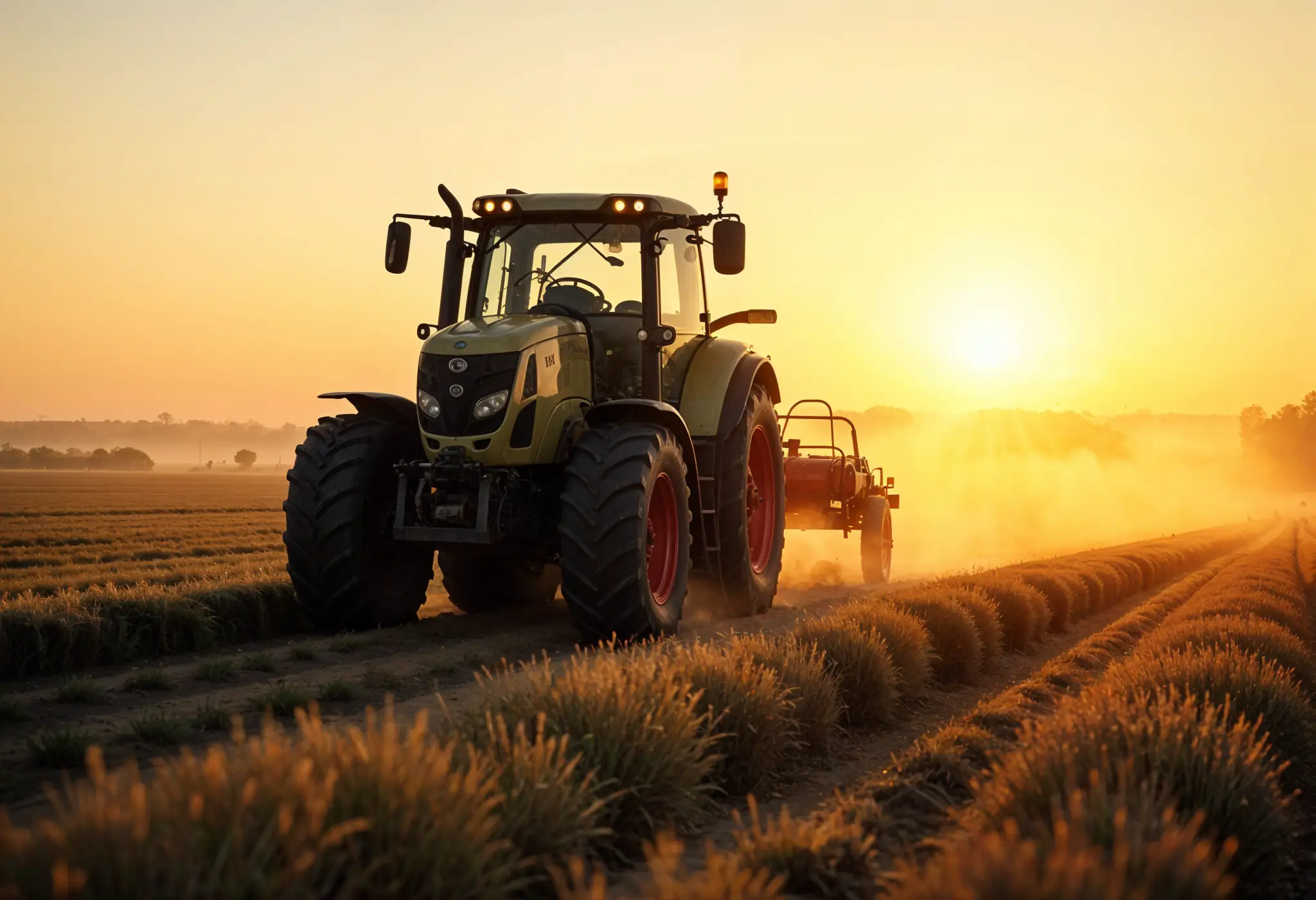
Top Hydraulic Components for Agricultural Equipment in 2025: Complete Guide
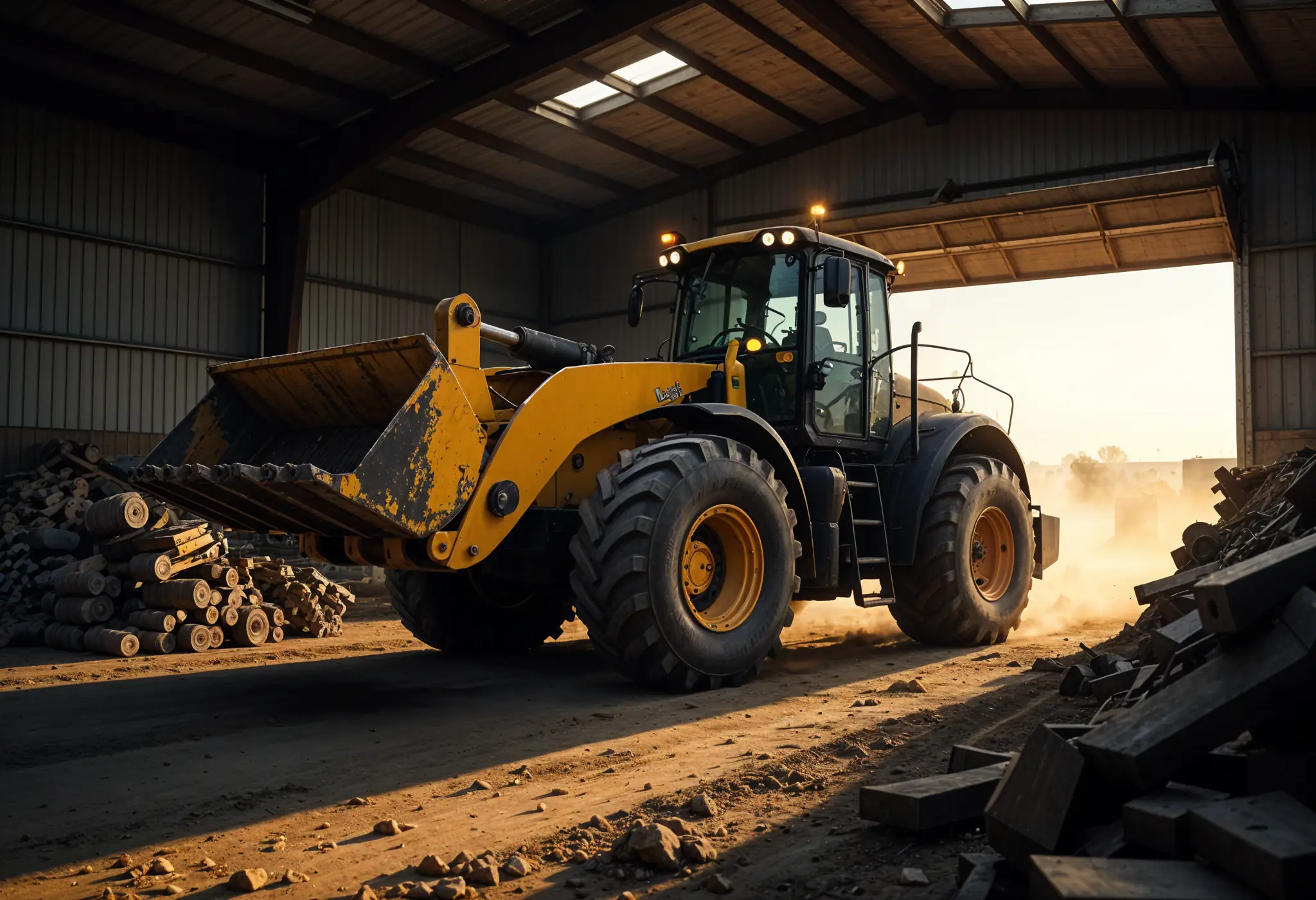
The Essential Farm Equipment Parts You Can't Afford to Run Out Of
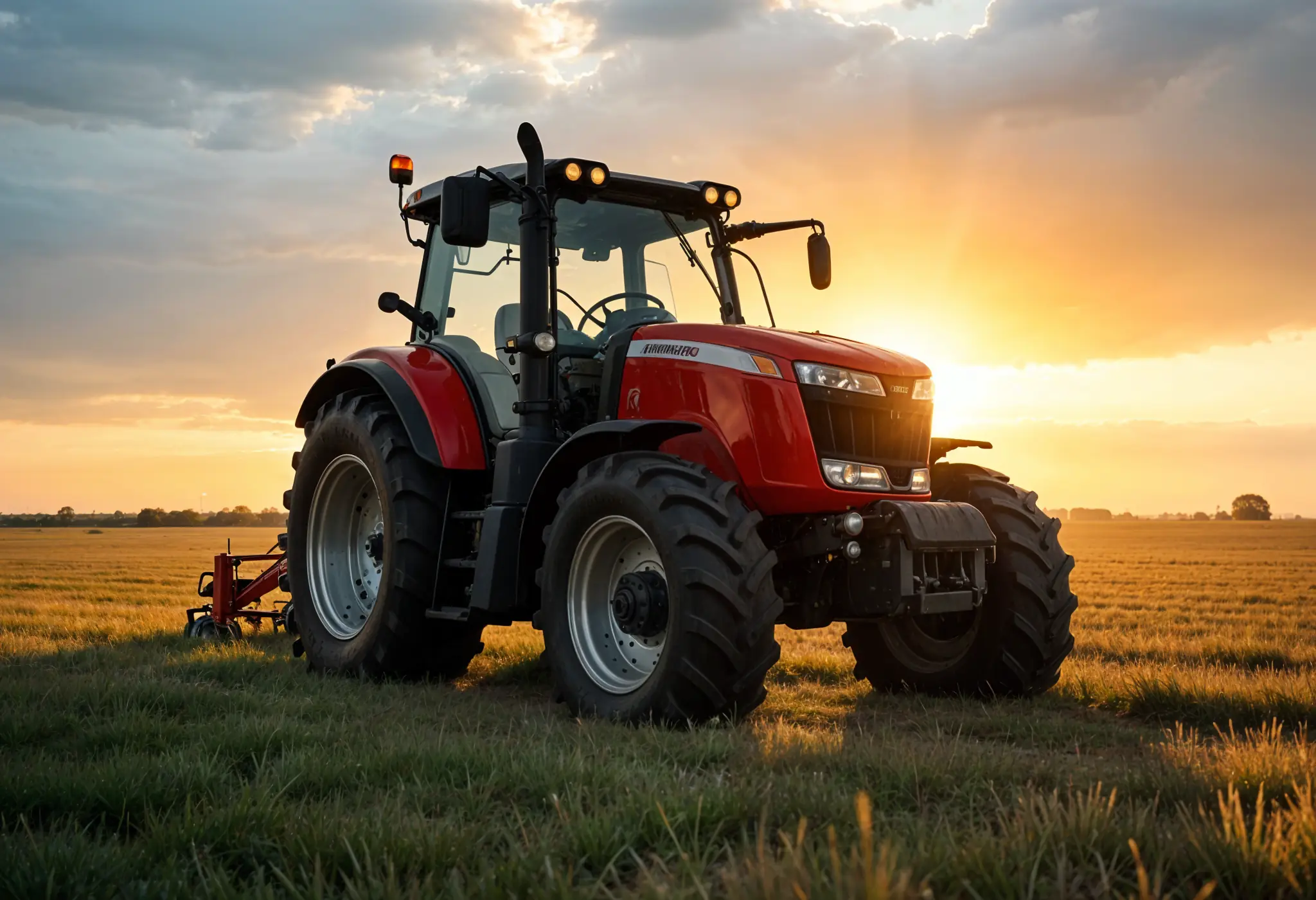
How to Service Farm Equipment: A Farmer's Guide to Zero Harvest Downtime
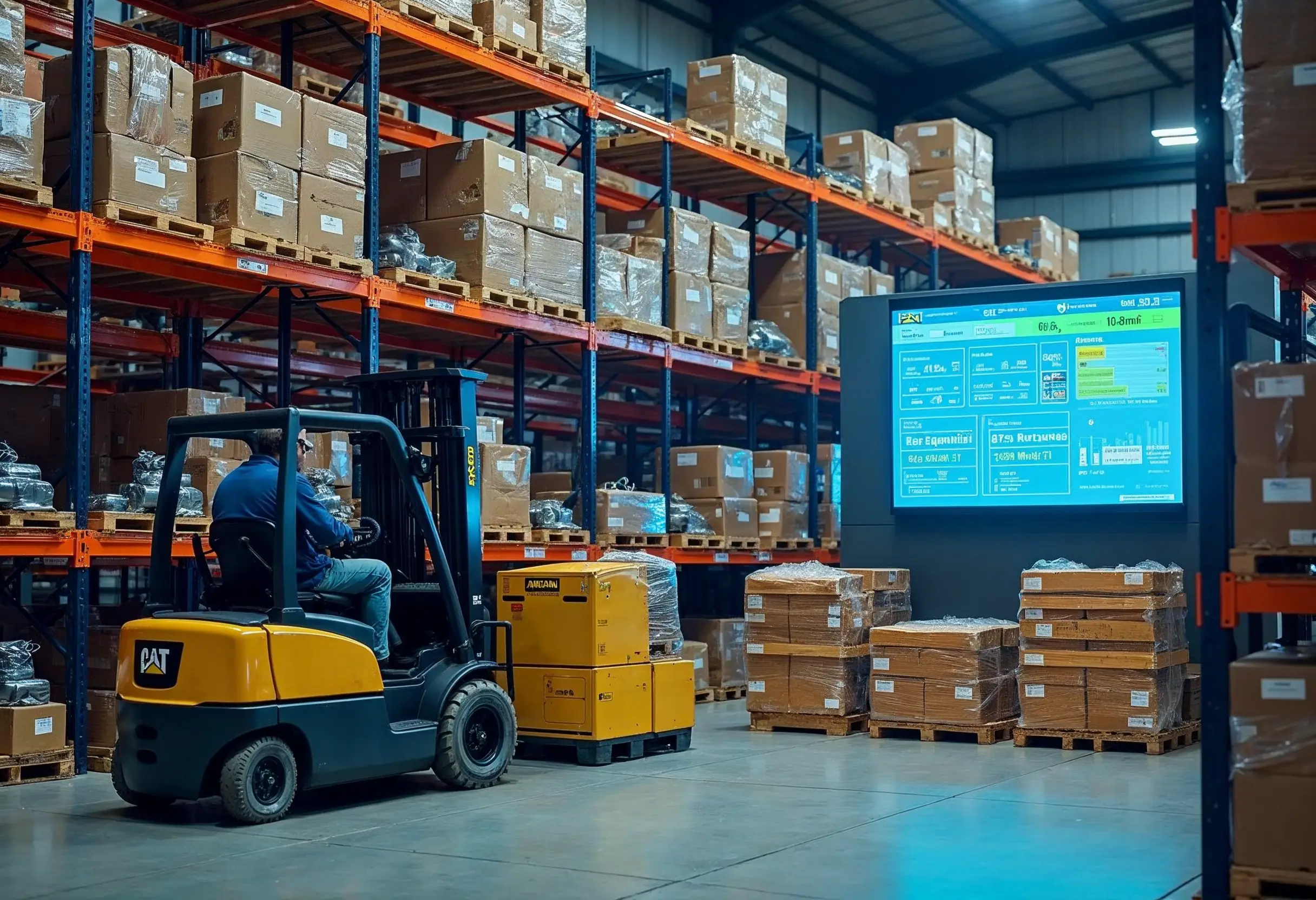
Construction Machinery Parts Suppliers: Expert Selection Guide

How to Apply Machine Safety Rules: From Selection to Installation

Smart Diagnostics Cut Heavy Equipment Failures by 73%

5 Ways to Assess the Environmental Impact of Heavy Construction Machinery

10 Smart Ways to Pick Construction Machinery for 2025 Projects
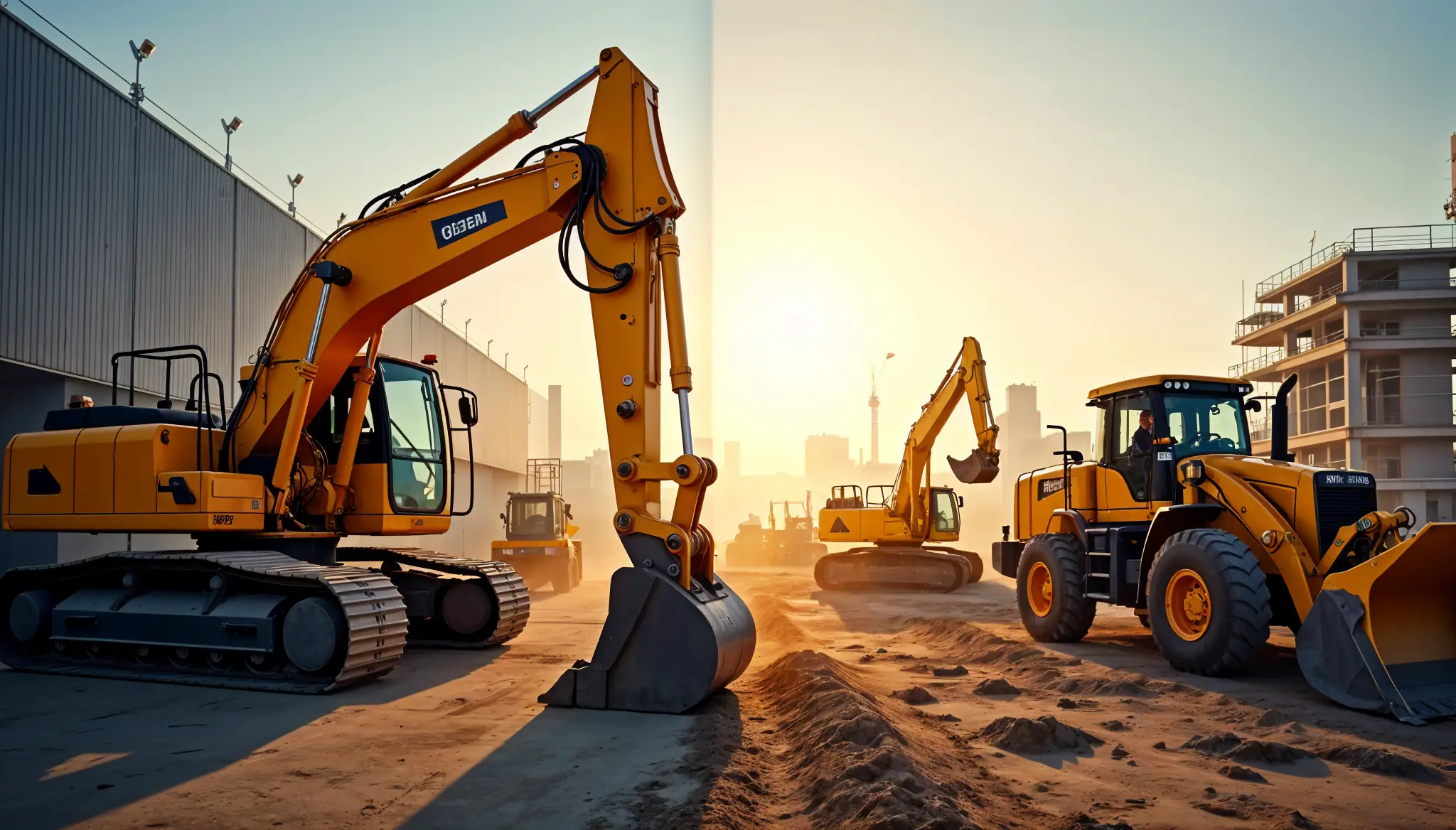
Rent vs Purchase Equipment: What Heavy Industry Experts Hide

How to Implement a Construction Inventory Management System for Equipment Efficiency

How to Extend Equipment Life Expectancy with Regular Maintenance

Advanced Heavy Equipment Diagnostic Tools: Ensuring Construction Machinery Quality
Essential Features Your Construction Equipment Inventory System Needs
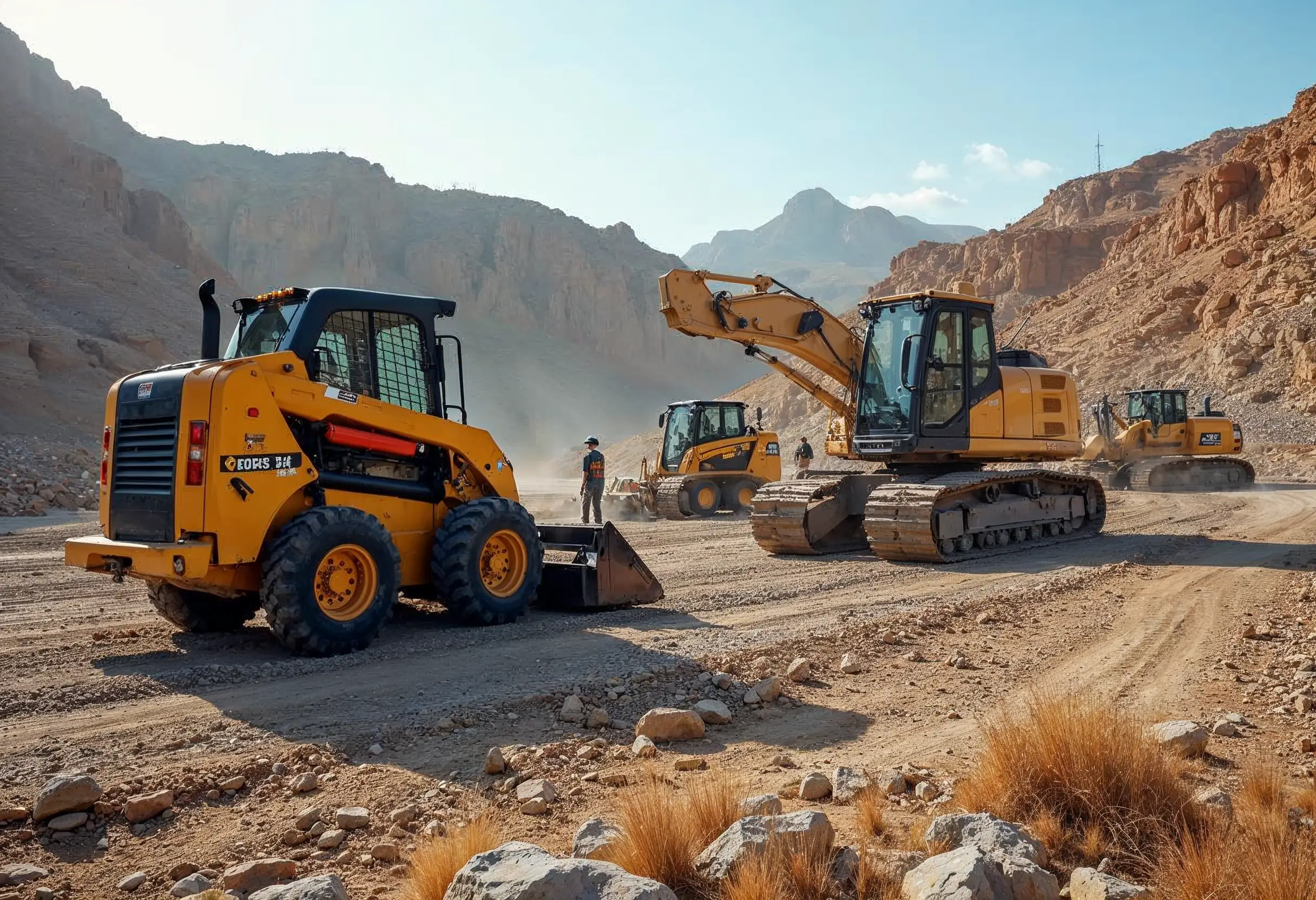
29 Quick Tips for Choosing Construction Equipment for Remote Locations

How to Select Construction Machinery with Optimal Equipment Maintenance in Mind
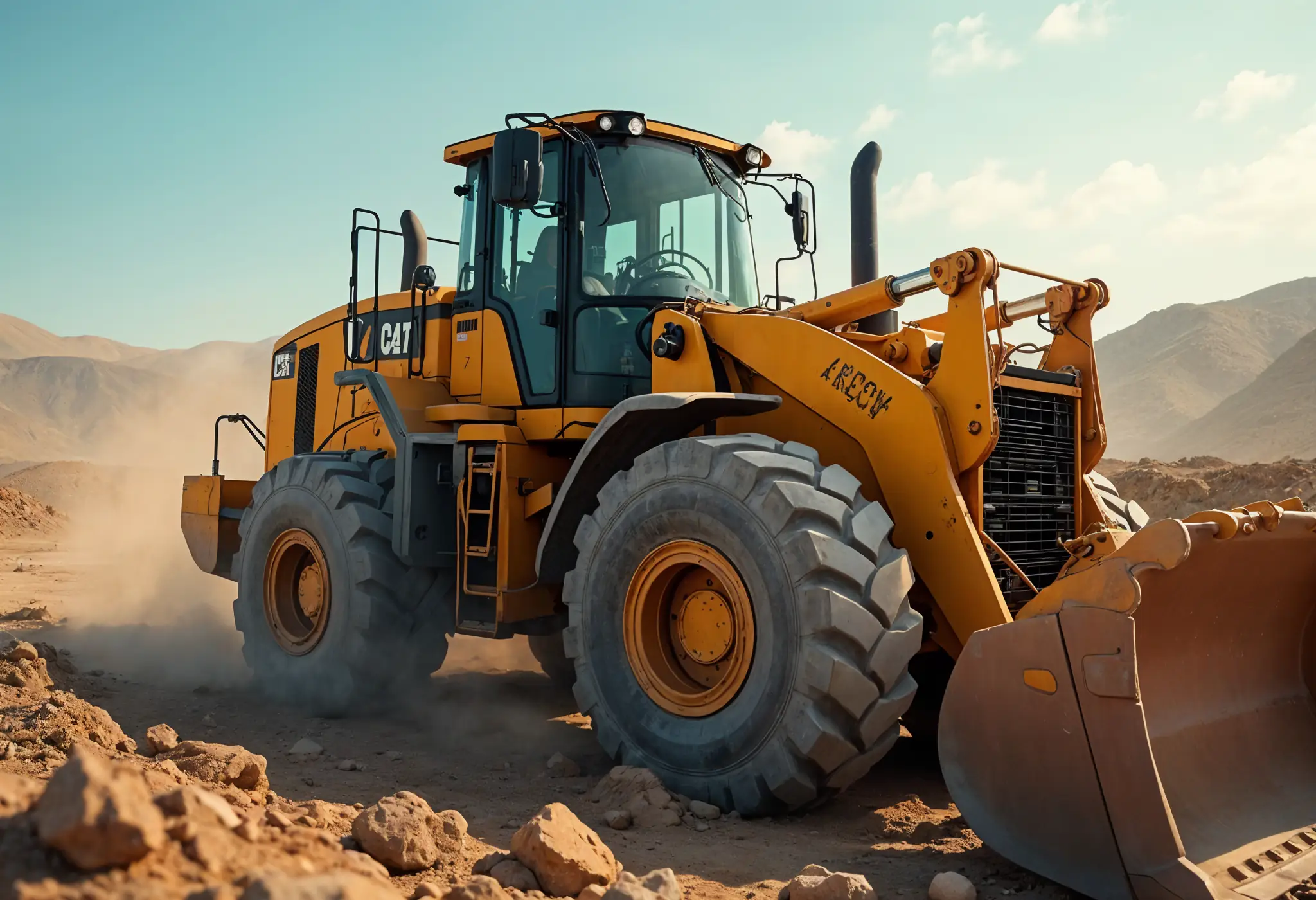
Top 25 Tips for Selecting Bulldozers for Construction Sites
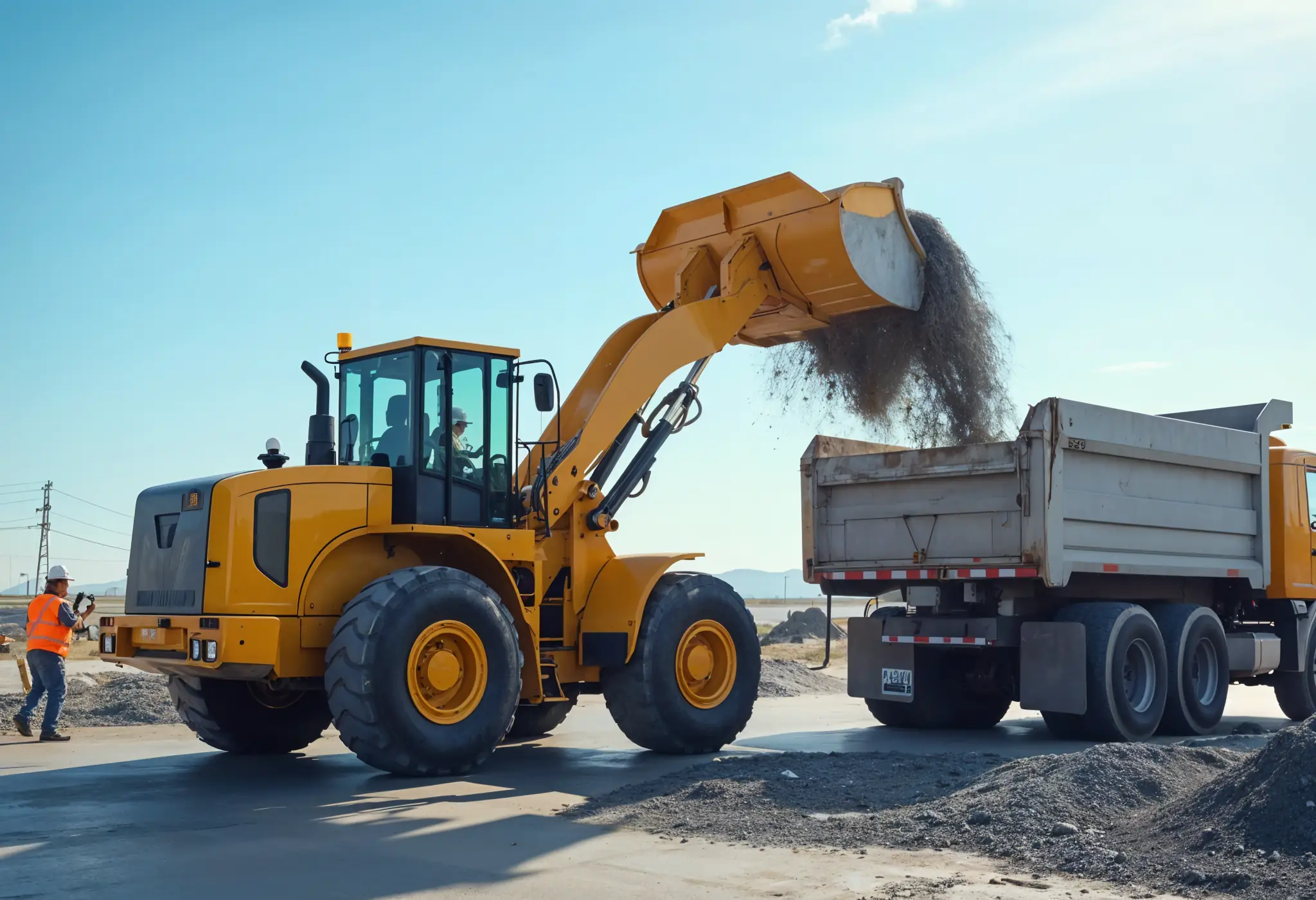
Which Construction Loader is Best for Your Project Needs?

4 Key Steps to Form a Construction Machinery QC Team

15 Essential Tips for Selecting the Perfect Crane for Construction

Maximize Savings: Multi-Purpose Construction Machinery for Lower Costs

Affordable Heavy Equipment Parts: A Sourcing Guide

Choosing the Right Road Construction Equipment: A Complete Guide
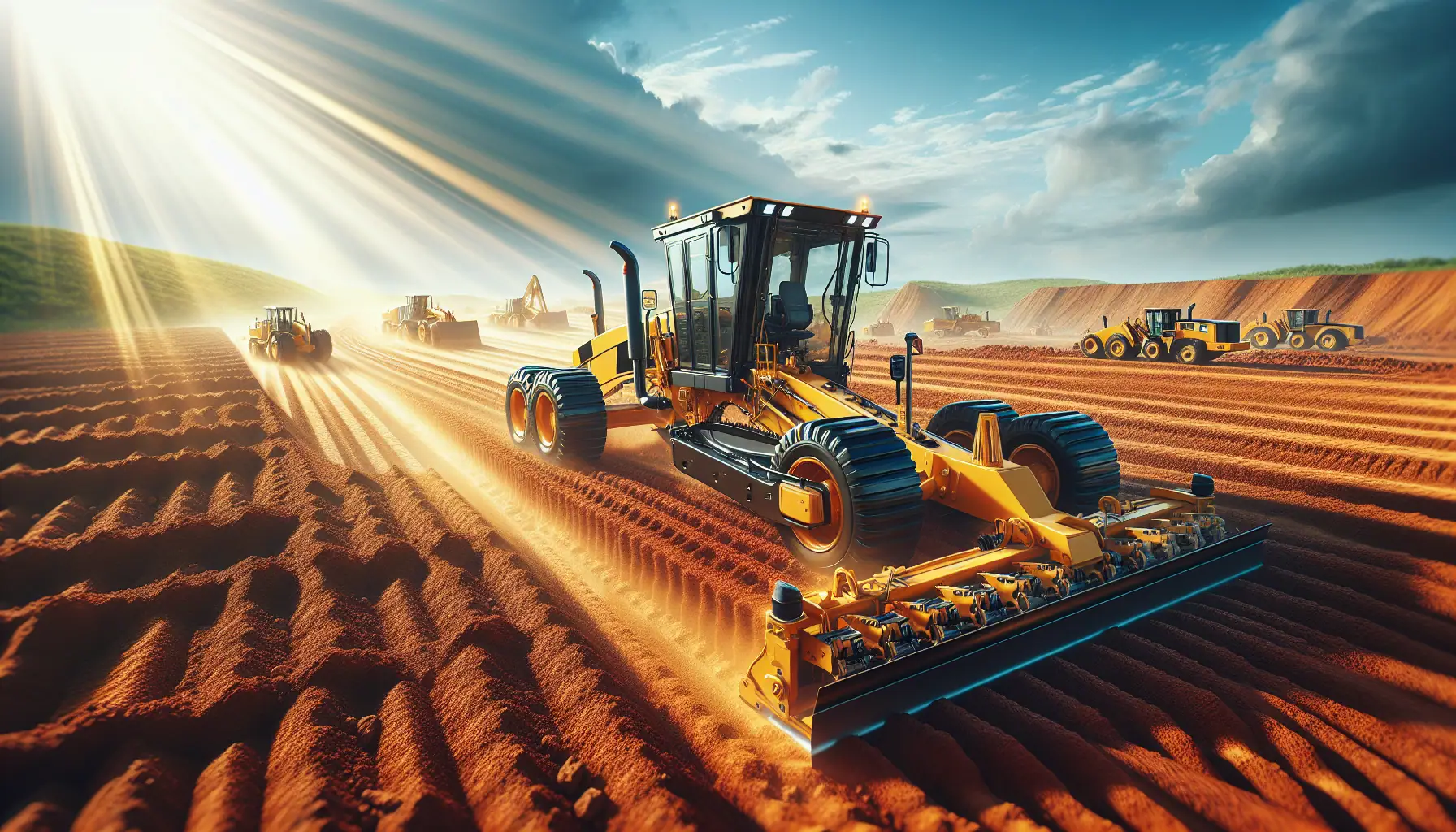
Motor Graders: Key Elements to Consider for Optimal Selection

A Detailed Guide to Choosing Excavators for Construction Work

Top Tips for Choosing Cranes for Construction Projects
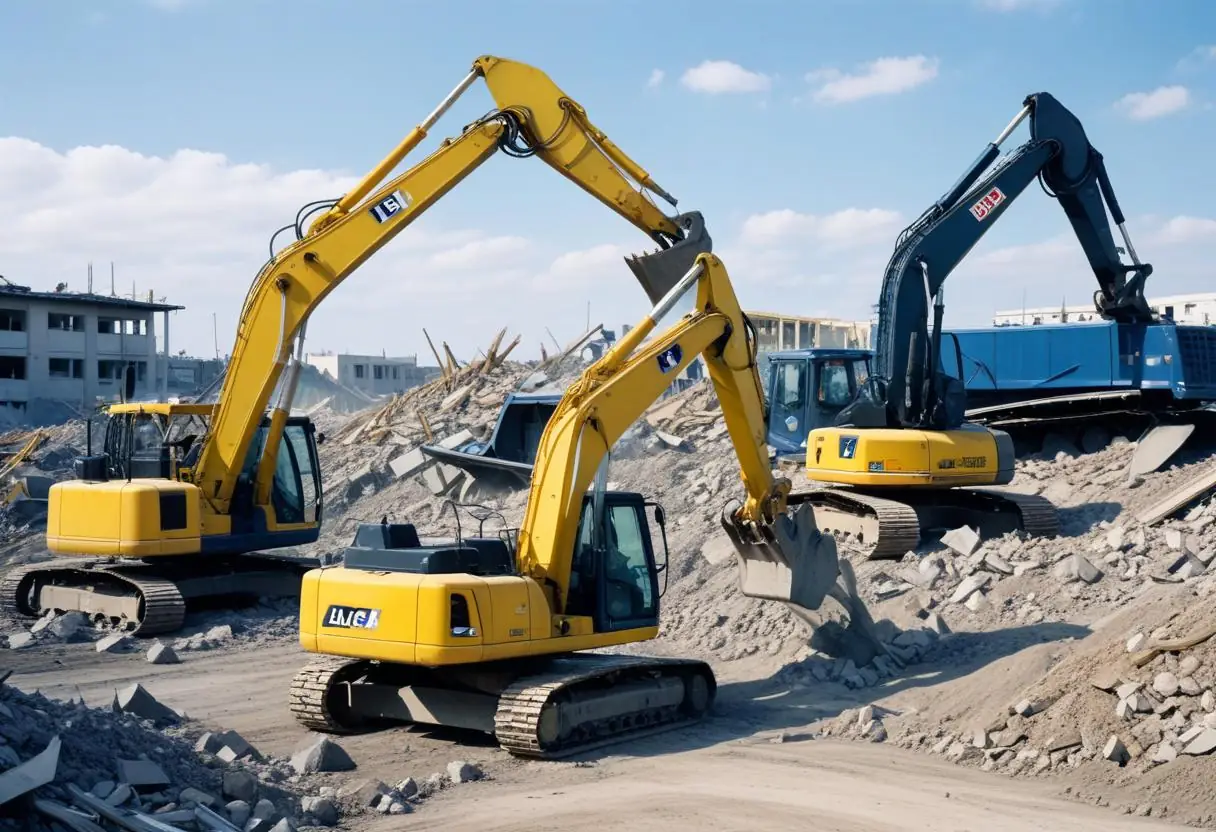
5 Top-Rated Demolition Machines for Construction Professionals

Expert Tips on Choosing Earthmoving Equipment for Large Projects
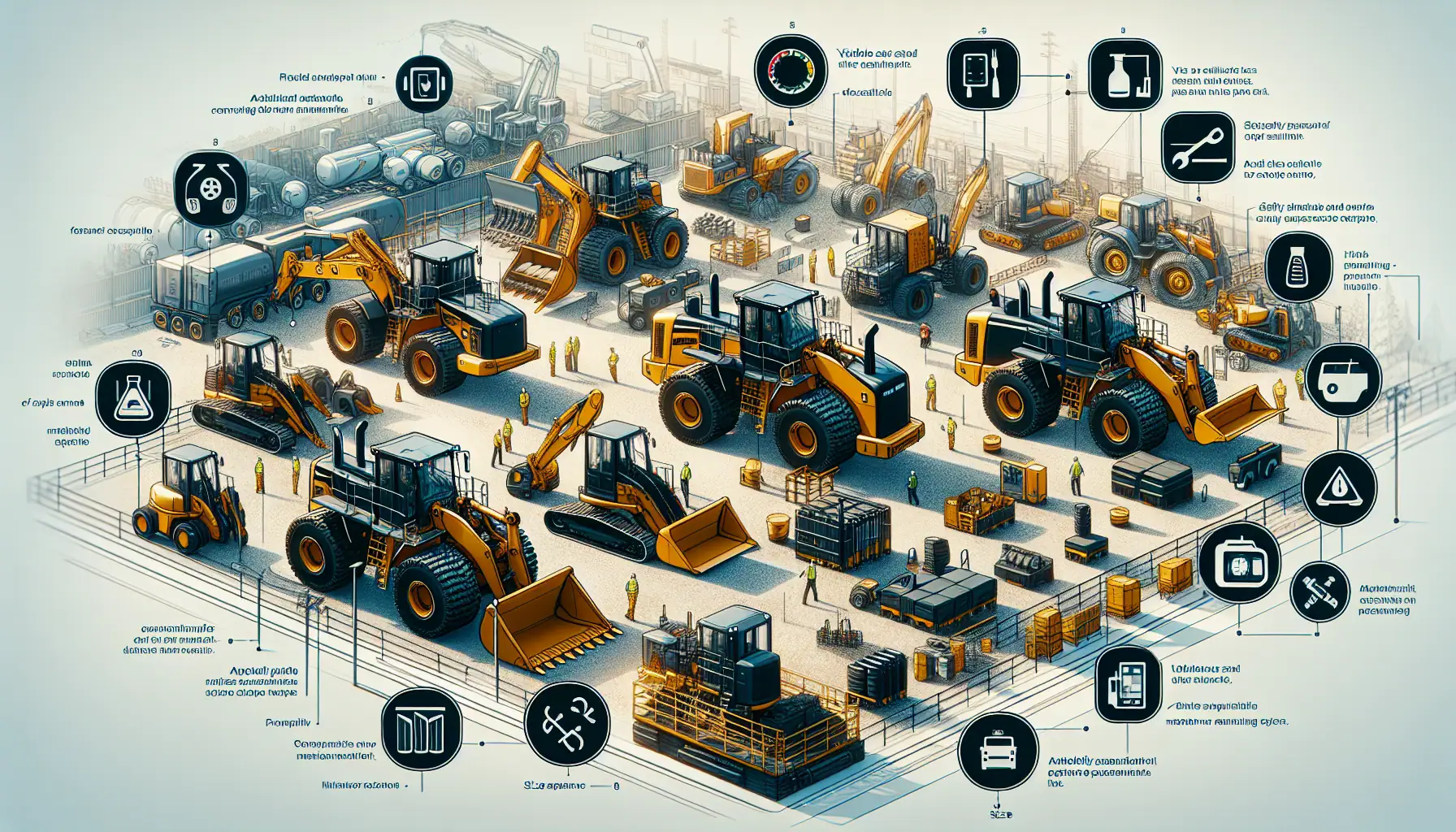
Top Functional Criteria for Selecting Heavy Construction Equipment

Construction Machinery: Detailed Guide to Equipment Specifications

Heavy Machinery Prices: Key Factors in Cost and Quality Balance

Best Construction Heavy Equipment Brands: Pros and Cons

Construction Site Equipment: How to Determine Your Requirements

Maximizing Safety: Risk Management for Construction Projects

Innovations in Construction: Transforming Machinery and Equipment

Heavy Equipment Safety: Beyond the Basics in Construction Compliance

The Essential Handbook for Construction Equipment Repair and Maintenance

How to Efficiently Source Oil and Gas Machinery Parts in NYC

Essential Guide to Sourcing Agriculture Equipment Parts
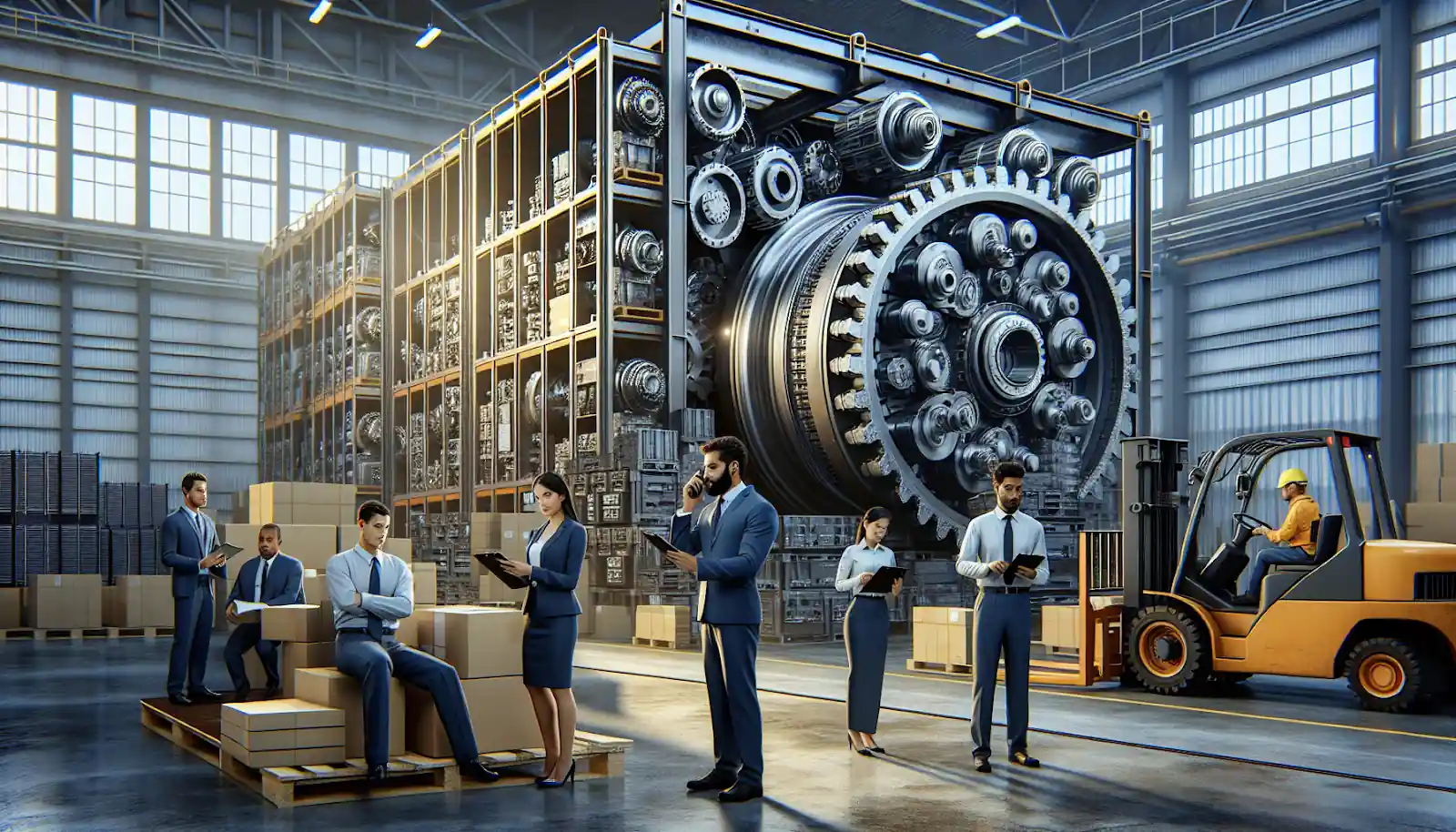
How to Source Mining Machinery Parts: Tips and Strategies
